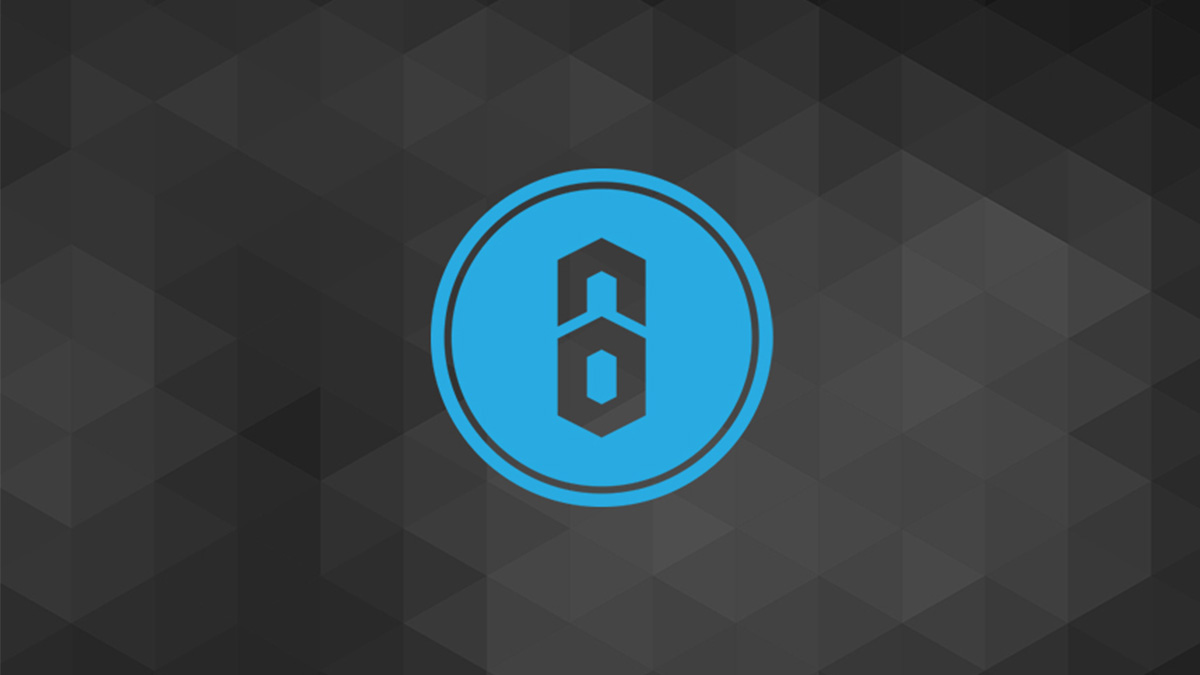Creating a Coffee Culture: Starbucks Brand Review

Imagine how different the world would be without Starbucks.
Over 30 years, the brand has shifted the way coffee is consumed, shared and perceived throughout the US and the world.
Although not the originators of the boutique coffee industry, the company has risen to the top of the list and has had an impact on culture and the daily behavior of almost the entire world.
Today Starbucks serves an estimated 90 million people daily. And no matter where you might go in the world, the brand, the flavor, and the atmosphere is the same.
The Starbucks brand is a comfortable familiarity for those in need of a few minutes respite, an hour of focus, or a refreshing pick-me-up. Here is a history of the Starbucks brand, and their marketing and branding strategy through the past 40 years.
The Seattle Coffee Connoisseurs
The first Starbucks was opened in Seattle, Washington, on March 31, 1971, by a history teacher, an English teacher, and a writer. Jerry Baldwin, Zev Siegl, and Gordon Bowker met at the University of San Francisco.
The trio was inspired to sell high-quality coffee beans after learning the craft from coffee roasting entrepreneur Alfred Peet (founder of Peet’s Coffee).
Peet was a Dutch-American entrepreneur and is most famous for introducing custom coffee roasting to the United States. By using top quality beans, he created a new industry when Americans were typically drinking coffee that came out of a can.
The Origin of the Name Starbucks
Starbucks was named after Starbuck, a character in Herman Melville’s literary classic Moby Dick. Apparently, other names that were considered were ‘Cargo House’ and ‘Pequod’.
Gordon Bowker, who originally suggested the name said, “Moby-Dick didn’t have anything to do with Starbucks directly; it was only coincidental that the sound seemed to make sense.”
The First Starbucks Store
The very first Starbucks store was located in Seattle at 2000 Western Avenue from 1971–1976. This cafe was later moved to 1912 Pike Place, which is today known as the original Starbucks store. The store today has a constant line of tourists outside visiting the iconic location.
During the early years, the company only sold roasted whole coffee beans, they did not brew coffee for sale and only offered free samples. During their first year of operation, Starbucks purchased green coffee beans from Peet’s, before eventually buying directly from growers.
The Arrival of Howard Schultz
In 1981, Howard Schultz walked into the Pike Place Starbucks store. As Schultz recounted in his biography, Pour Your Heart Into It.
“The minute the door opened, a heady aroma of coffee reached out and drew me in. By the third sip, I was hooked. I felt as though I had discovered a whole new continent.”
It took another year before Schultz joined the Starbucks team as director of retail of operations and marketing.
Influence from Italy
Schultz visited Italy in 1983 and was inspired by the cafe culture he saw in Milan. “In each shop, I visited I began to see the same people and interactions, and it dawned on me that what these coffee bars had created, aside from the romance and theater of coffee, was a morning ritual and a sense of community,”
Upon returning, Schultz convinced the Starbucks founders to test the coffeehouse concept in a new store at 4th & Spring in downtown Seattle. At this location, the very first Starbucks Caffè Latte was served. Despite his enthusiasm for the concept of coffeehouses, the Starbucks founders did not share his original vision.
To Il Giornale and Back Again
Howard Schultz left the Starbucks company to found an espresso bar named Il Giornale. His stores featured menus with Italian names and offered brewed coffee and espresso beverages made from Starbucks beans.
In 1987, the original owners sold the Starbucks chain to Howard Schultz and a group of investors for $3.8 Million. Schultz rebranded his own Il Giornale coffee outlets into Starbucks locations.
Rapid Expansion and Innovation
After the sale, the Starbucks brand quickly began to expand. Starbucks opened its first locations outside Seattle at in Vancouver, British Columbia, and Chicago, Illinois. By 1989, 46 stores existed across the Northwest and Midwest.
The next year, Starbucks would go on to offer full health benefits to eligible full and part-time employees, including coverage for domestic partnerships.
In 1991, with a total of 165 stores, Starbucks completed an initial public offering (IPO) trading under the stock symbol SBUX.
The Birth of Frappuccino
In 1995, in an attempt to create more variety, Starbucks introduced the Frappuccino, which was a blended coffee drink.
The name Frappuccino is a combination of “frappe” (a New England name for a milkshake with ice cream) and ‘cappuccino’, the espresso coffee served with frothed milk.
Originally, the Frappuccino was developed, named, trademarked and sold by an Eastern Massachusetts coffee shop chain, The Coffee Connection. When Starbucks purchased The Coffee Connection in 1994, they also gained the rights to use the name and sell the drink.
The beverage grew in popularity and in popular culture, and by 2012, Starbucks had accrued Frappuccino sales of over $2 billion annually.
Worldwide Growth and Setting Standards
By the year 2001, Starbucks had grown to 4700 stores worldwide. Starbucks had stores in the UK, Malaysia, NewZealand, Taiwan, Thailand, China, Kuwait, Lebanon, SouthKorea, Australia, Bahrain, HongKong, Qatar, Saudi Arabia, and the United Arab Emirates.
It also introduced new standards for ethical coffee sourcing, which was developed with Conservation International. The goal was to support the farmers and suppliers who grew and produced the incredible volume of coffee and tea sold by Starbucks each year.
Partnerships instead of Advertising
Incredibly, despite rapid expansion, Starbucks did not practice traditional advertising. As Howard Schultz once explained, “Our stores are our billboard.”
Instead, Starbucks chose to emphasize non-routine procedures to create excitement amongst the baristas who it labeled as partners.
Starbucks offered all partners stock options and health insurance. And in 2014, it announced a plan to pay for US employees to complete an online bachelor’s degree at Arizona State University.
The Name Game
Another unique aspect of the Starbucks brand is the naming of all the products. This strategy harkens back to Il Giornale, where all menu items were in Italian.
At Starbucks stores worldwide, the size names are:
Small size is known as a ‘Tall’.
Medium size is ‘Grande’ (the Italian word for large),
Large size is labeled as ‘Venti’ (the Italian word for twenty, representing 20 ounces)
Two other lesser-known cup sizes are ‘Short’ and ‘Trenta’ (which is used only for iced beverages and holds 30 ounces). The Short cup size was removed from display after customers started requesting larger sizes.
These coffee sizes have caught on with customers and even transferred into film and TV culture.
Making a Scene
Perhaps the biggest innovation of Starbucks isn’t even coffee. The idea of creating a space, rather than just selling the coffee is critical to the success of Starbucks as a brand.
Howard Schultz called Starbucks the ‘Third place’. In most cities around the world today, Starbucks is a common meeting place. In modern culture, it is normal to meet someone at Starbucks for a catch-up, a brief business meeting, or to do some study. 30 years ago, this concept didn’t exist.
Riding the Waves
In 2008, Food Critic Jonathan Gold of the LA Weekly defined three different ‘waves’ of coffee trends over the years.
“The first wave of American coffee culture was probably the 19th-century surge that put Folgers on every table. The second was the proliferation, starting in the 1960s at Peet’s and moving smartly through the Starbucks grande decaf latte, of espresso drinks and regionally labeled coffee.
We are now in the third wave of coffee connoisseurship, where beans are sourced from farms instead of countries, roasting is about bringing out rather than incinerating the unique characteristics of each bean, and the flavor is clean and hard and pure.”
Even though Starbucks may not at the cutting edge of boutique coffee any longer, they do continue to innovate through unique seasonal offerings.
Tapping into a Daily Habit
Today Starbucks offers breakfast options, as well as lunchtime foods. Many Starbucks are open late and some have drive-thru options for commuters. The creation of the VIA takeaway brand, the inclusion of unlimited wifi in store and the creation of the Starbucks Reserve Roasteries all added new aspects to the brand’s offerings.
In these ways, Starbucks has retained brand dominance in an increasingly crowded marketplace.
In 2019, with over 29,000 store locations, the genius of Starbucks is in adding the convenience of a location to the daily habit of coffee.
For most consumers in the market today, when you say the name ‘Starbucks’ it is interchangeable with the word coffee as well as describing a meeting place. For many people stopping by Starbucks is a daily ritual.
From the original founders to the expansion under Howard Schultz, the Starbucks brand has had an incredible impact during the companies 48-year history.
Through passion, innovation, and a strong sense of altruism, the brand has become a worldwide phenomenon and place for everyone to feel at home.



